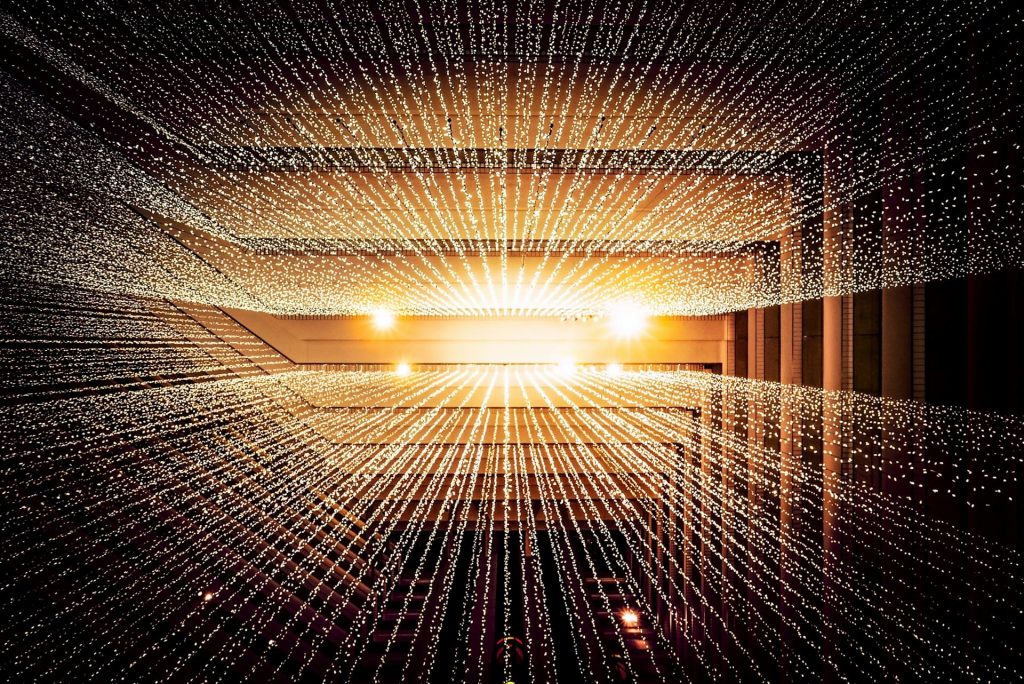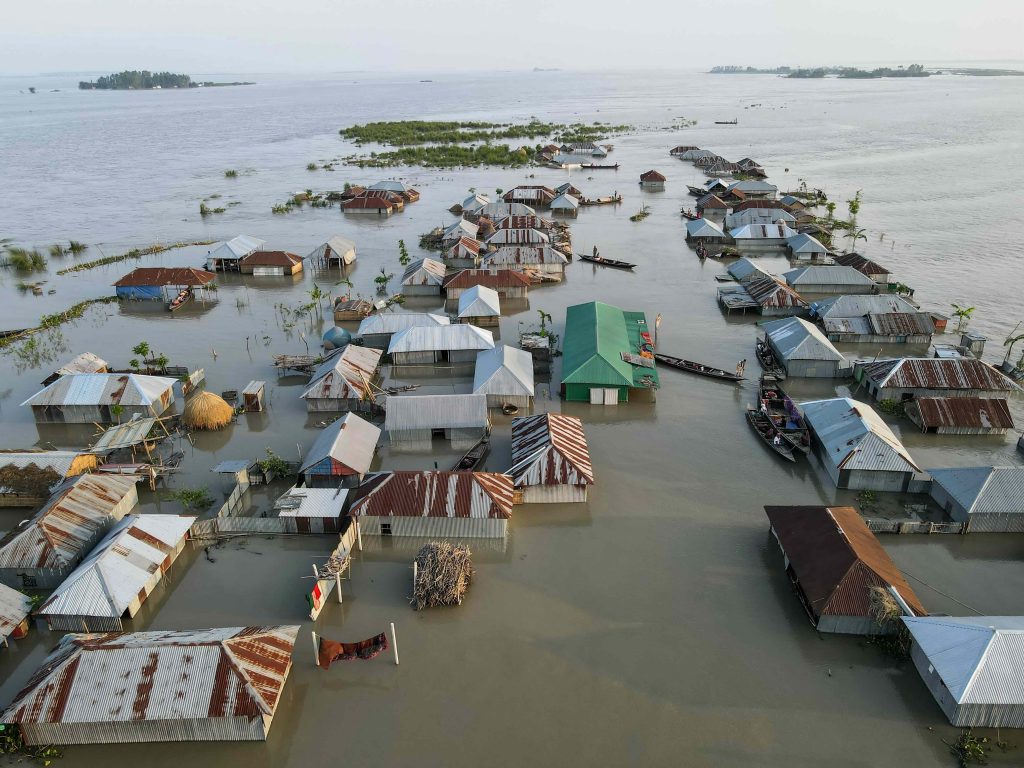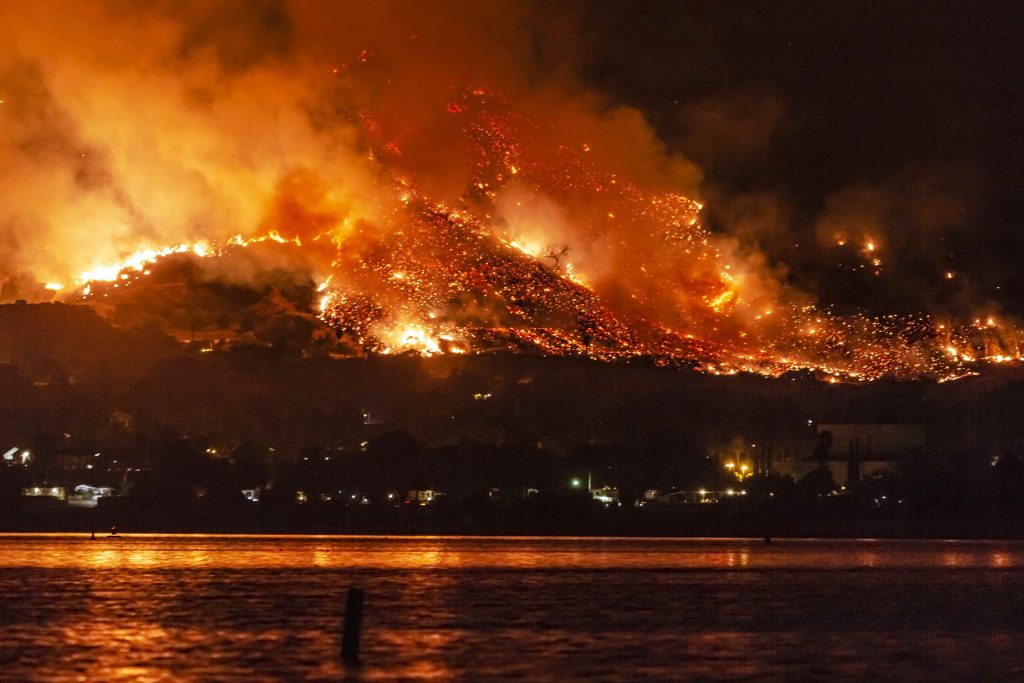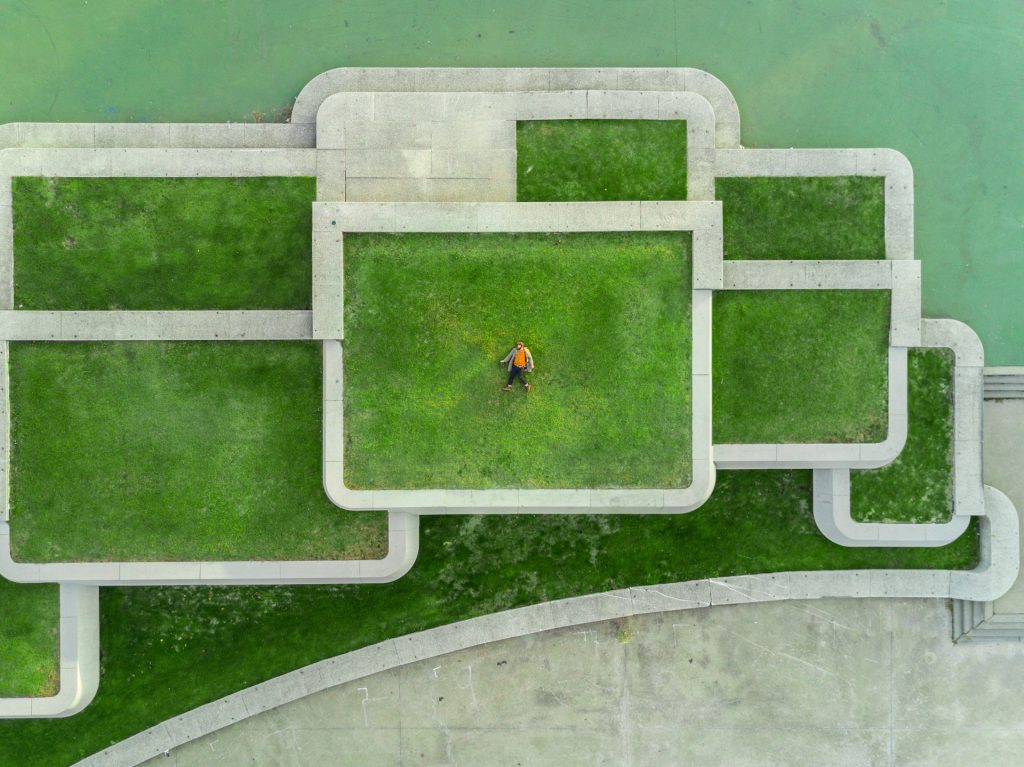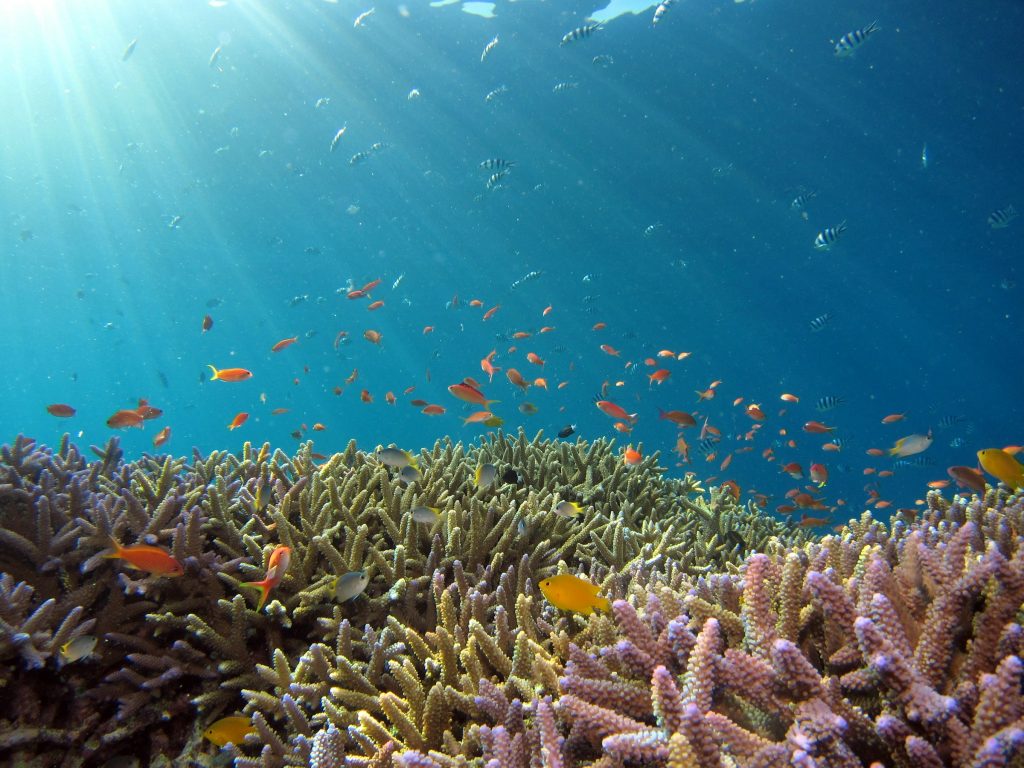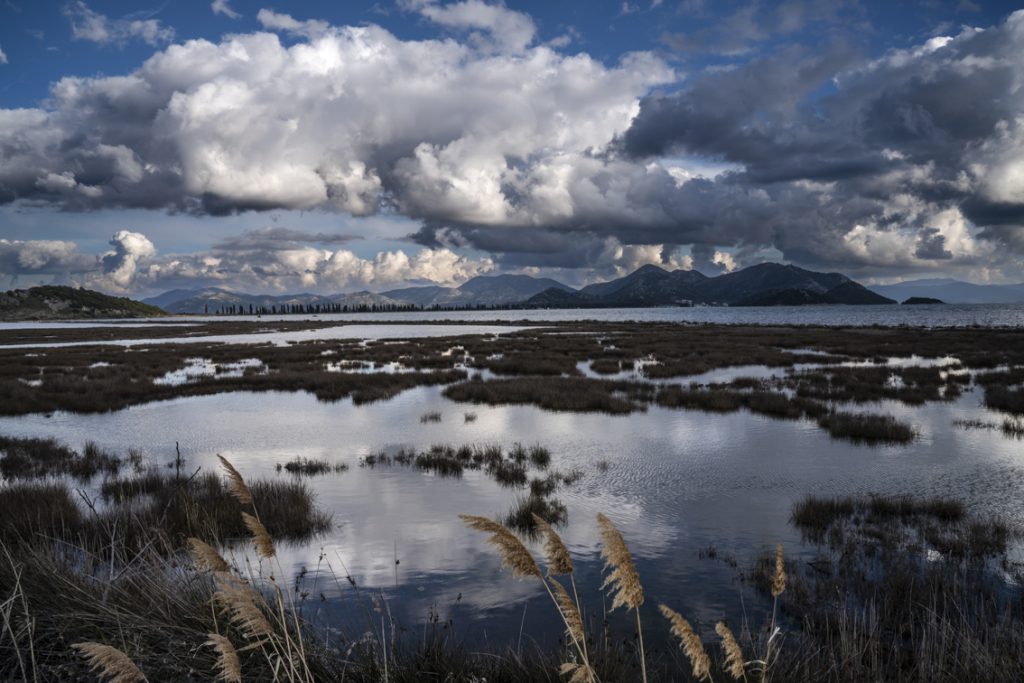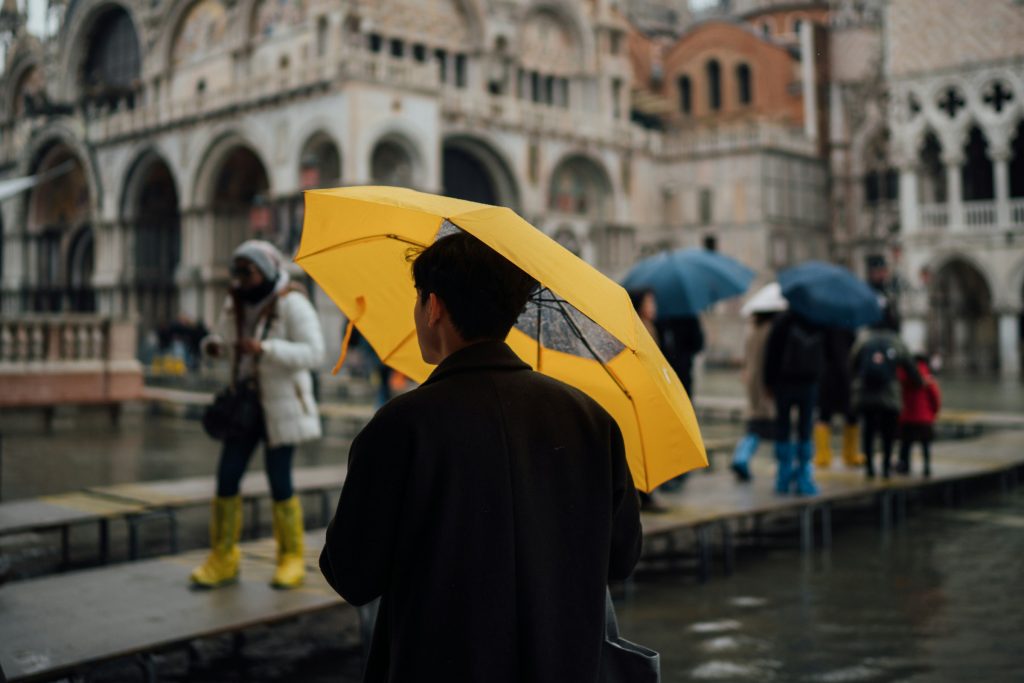
Are extreme events in the Mediterranean the new normal?
2024 saw yet another Mediterranean summer characterized by extreme climate and weather events. From waterspouts and wildfires to heatwaves, cyclones and floods, researchers are investigating the causes of these changes, how to better predict them, and what we need to adapt to the changes that they bring.

